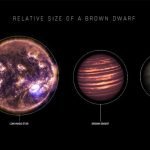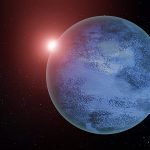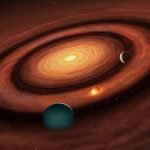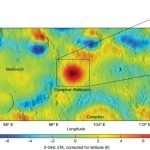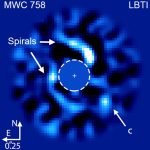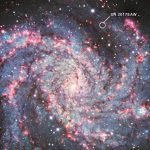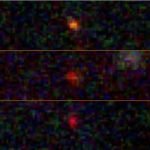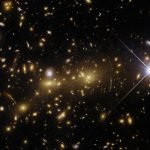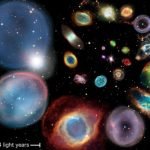Astronomers find the coldest star yet that emits radio waves
Astronomers at the University of Sydney have shown that a small, faint star is the coldest on record to produce emission at radio wavelength.
The...
A cosmic surprise: The age of the universe may be doubled!
Scientists have recently made a mind-boggling discovery that challenges our understanding of the universe's age.
A groundbreaking study published in the Monthly Notices of the...
Liquid water on rocky planets could be 100 times more likely
It’s easy to think of Earth as a water world, with its vast oceans and beautiful lakes, but compared to many worlds, Earth is...
Some star systems create a planet sandwich
A recent study presented at the National Astronomy Meeting 2023 (NAM2023) examines newly discovered planetary formation theory that challenges previous notions on how planets...
Scientists discover a large earth-like granitic system on the moon
Granite is a rock formed by magma during volcanic activity, and it's mostly found on Earth.
But guess what? Scientists now believe there's a huge...
This giant exoplanet is the hidden force behind spiral arms in protoplanetary disks
Ever seen pictures of our Milky Way galaxy?
It's full of beautiful spiraling arms packed with stars that extend out from the center.
Interestingly, similar patterns...
How dying stars help feed next generation of galaxies
Imagine a firework show that's so bright, it outshines an entire galaxy!
That's what happens during a supernova - the gigantic explosion that occurs when...
James Webb Telescope may have found mysterious ‘dark stars’ in outer space
Have you ever looked up at the night sky and wondered what those stars are made of? For most stars, the answer is nuclear...
NASA’s Hubble spots a space monster in the making
The Hubble Space Telescope, run by NASA and the European Space Agency (ESA), has caught sight of something spectacular happening way out in the...
Scientists cracked a decade-old mystery about stars in our Milky Way galaxy
You've probably heard of detectives, but have you ever heard of star detectives?
A group of scientists from The University of Manchester and the University...

